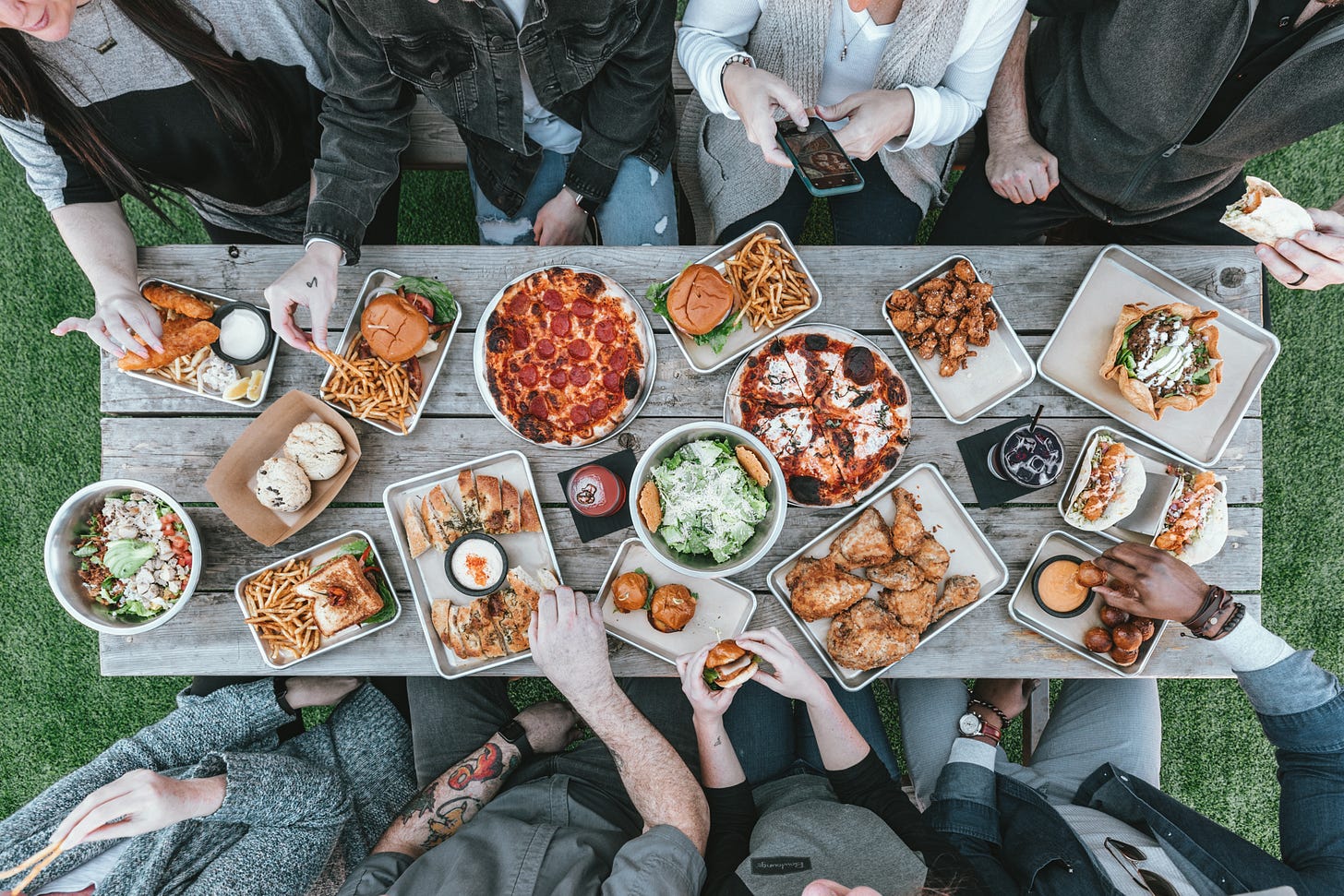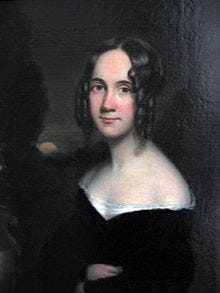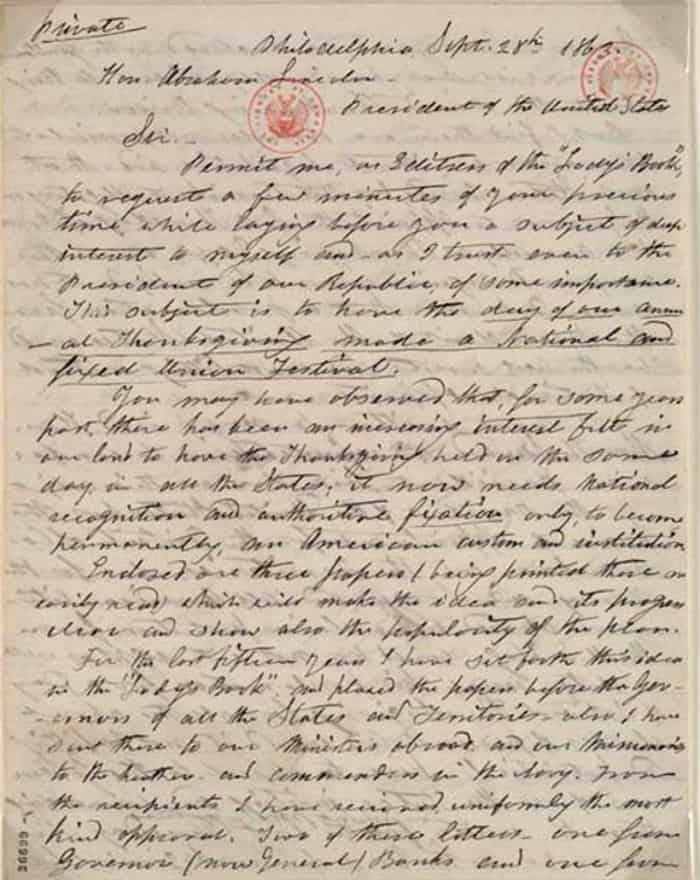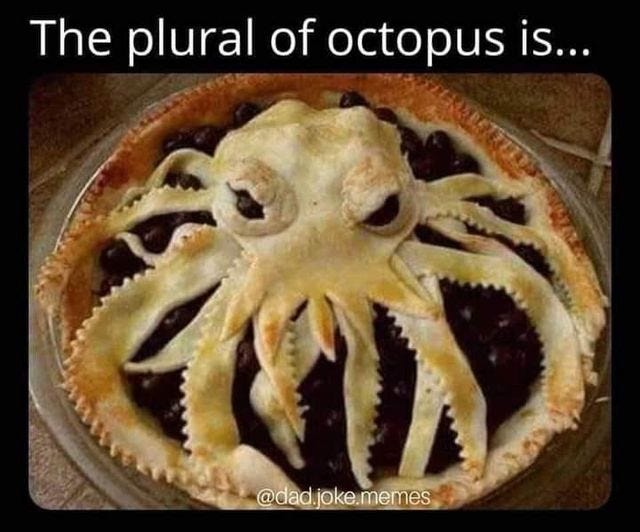A Whackadoodle History: Who should we thank for our Thanksgiving traditions?
A little Thanksgiving history to follow the feast. How media helped shape a holiday, followed by a few words about a National Day of Mourning.
A happy harvest festival to you all! Here’s a little Whackadoodle history to go down with dessert.

For centuries, people around the world have celebrated their harvests with festivals of food. In America, we all celebrate our harvest festival together on the same fourth Thursday in November. Why?
Did it all begin in 1621 after the Pilgrims brought in their first successful harvest? Well, not really. They did have a harvest festival, and their Wampanoag allies did join them, but it wasn’t the first, nor would it be the last Thanksgiving. The actual story of Plymouth goes like this:
(The 1621 Plymouth harvest celebration) included 53 people who were on the Mayflower (all who remained of the 100 who had landed) and 90 of their Wampanoag allies. The feast was cooked by the four adult Pilgrim women who survived their first winter in the New World (Eleanor Billington, Elizabeth Hopkins, Mary Brewster, and Susanna White), along with young daughters and male and female servants. According to accounts by Wampanoag descendants, the harvest was originally set up for the Pilgrims alone; the surviving natives, hearing celebratory gunfire and fearing war, arrived to see the feast and were warmly welcomed to join the celebration, contributing their own foods to the meal. (Their celebration lasted three days.)
Source: https://en.wikipedia.org/wiki/Thanksgiving_(United_States)
Harvest festivals and days of thanksgiving were always celebrated throughout the colonies. New England and Virginia colonists originally celebrated days of fasting, as well as days of thanksgiving, thanking God for blessings such as harvests, ship landings, military victories, or the end of a drought. Go figure. George Washington even issued a proclamation declaring Thursday, November 26, 1789 as a day of public thanksgiving and prayer for the new country.
However, it wasn’t until 1863 when President Abraham Lincoln issued a proclamation declaring the last Thursday in November “a Day of Thanksgiving and Praise,” that Thanksgiving got it’s national acceptance and modern twist.
And who do we have to thank for Lincoln’s proclamation and it’s modern twist? Many historians attribute it to Sarah Josepha Buell Hale—a magazine editor, writer, poet and the so-called “mother” of Thanksgiving.

From 1837 to 1877, Hale was the “Lady Editor” of the widely read Godey’s Lady’s Book. Under her leadership, the publication popularized white wedding dresses and Christmas trees. She swore by the wrinkle-busting power of applying brown butcher paper soaked in apple vinegar to the forehead and described pigeons as “about the only bird in New England worth cooking.” She also led a 36-year campaign to get Thanksgiving recognized as a National holiday:
Her lobbying effort to make Thanksgiving holiday can be traced back to a passage of her 1827 novel Northwood. “We have too few holidays,” she wrote. “Thanksgiving like the Fourth of July should be a national festival observed by all the people … as an exponent of our republican institutions.” According to Melanie Kirkpatrick’s history of the occasion, Thanksgiving: The Holiday at the Heart of the American Experience, in addition to publishing editorials in Godey’s Lady’s Book, Hale would promote her campaign by publishing Thanksgiving-themed poems, tales of families happily dining together, and recipes for autumnal fare like roast turkey, pumpkin pie and sweet potato pudding, to make people hunger for a day when they could eat all of these delicious foods.
Source: https://time.com/4577082/thanksgiving-holiday-history-origins/
During her 36-year campaign for the proposed national holiday, Hale wrote to Presidents Zachary Taylor, Millard Fillmore, Franklin Pierce, and James Buchanan, all to no avail. However, on September 28, 1863, she wrote to Abraham Lincoln, once again asking for a National Holiday. Finally success! On Oct. 3, 1863, Lincoln issued a proclamation designating “the last Thursday of November” as a day of Thanksgiving, arguing in several newspaper editorials that, “in the midst of a civil war of unequalled magnitude and severity, the American people should take some time for gratitude.”
The holiday was annually proclaimed by every president thereafter, until in 1942, President Franklin D. Roosevelt signed a joint resolution, passed by Congress, which declared the fourth Thursday of the month a Federal Thanksgiving Day holiday.
Hale’s letter to Lincoln is included below. You can read a transcript of her letter at the Library of Congress. You know how I love a good primary source:

Before hitting publish, I feel compelled to add a few words about The National Day of Mourning, an annual demonstration held on the fourth Thursday in November, which aims to educate the public about Native Americans in the United States, notably the Wampanoag and other tribes of the Eastern United States. The event seeks to dispel myths surrounding the Thanksgiving story in the United States, and raise awareness toward historical and ongoing struggles facing Native American tribes.
The event coincides with another annual demonstration, Un-thanksgiving Day, also known as The Indigenous Peoples Sunrise Ceremony, which is held on Alcatraz Island in San Francisco Bay to honor the indigenous peoples of the Americas and promote their rights.
Others have protested the holiday, particularly atheists, who cite the separation of church and state when criticizing the annual recitation of Thanksgiving proclamations by the President of the United States as these proclamations often revolve around the theme of giving thanks to the one God.
Me? I feel bad for the vegetarians and turkeys, although I guess it gives the chickens a break. I also find the whole Presidential pardoning of the turkey a bit macabre. I suppose for most of us, the holiday has become about gathering with friends and family, and of course the food.
However you celebrate the day me, may your harvest be bountiful this year.
So here to lighten the mood is a Whackadoodle grammar lesson that I found on Facebook. I think it most appropriate for the day.
And now for a closing Christmas song that is actually appropriate for Thanksgiving…




